Chinese seamen in Second World War Britain: Do their families live in Hong Kong today?
Primary tabs
Yvonne Foley introduces a little-known piece of UK-Chinese history, in the hope of hearing from the families who were involved.
At the beginning of the Second World War there were 20,000 Chinese mariners in the port of Liverpool, England. Many were there to replace the British merchant seamen who had gone to join the Royal Navy. A significant proportion of these men were from Hong Kong, Singapore, Ningbo and Shanghai and became trapped in the UK when in late 1941 and early 1942 the Japanese took each of these places.
Paid around a third of British seamen’s pay and not getting the danger money given to the British, the Chinese withdrew their labour. The strike lasted from February 1942 to May of the same year. By the end of it they had almost achieved equality of pay but had established a reputation as troublemakers with the ship owners and the Government – especially the men from Shanghai.
At the end of hostilities the Government and the ship owners determined to get rid of the Chinese. By the middle of 1946 nearly all had gone. This despite the fact that many had married or were in relationships with British women and now had families living in Liverpool.
A mixed marriage in Liverpool in WW2
It was difficult to remove the Hong Kong men, as they were nominally British. But the Shanghai ‘troublemakers’ were different: they had no right to remain and, if married to a British woman were not to be told that they did have such a right. Their pay was cut to near pre-War levels, they were not allowed to take a shore job and were told that they must sail back to China.
Men left thinking that they could sign on a ship bringing them back. They were wrong. They had been blacklisted and could not get on a ship to take them back to the UK. Twenty two Anglo-Chinese couples said that they would go back to China together and make their lives there. They seem to have disappeared without trace.
On the voyage back to China some men jumped ship in Singapore, some in Hong Kong. When Shanghai fell to the Communists, numbers of Chinese seamen managed to get to Taiwan with the escaping Nationalists. Others had joined Shanghai shipping lines and came to Hong Kong to live in North Point and Kowloon Tong. But many were now trapped in Mainland China.
A few of the men who had escaped China did get back to Liverpool but only to find that too much time had passed. Their wives and partners had remarried.
So most of the children from these relationships grew up without any memories of their fathers. Some would hear stories from their mothers, but for others it was never talked about. A lucky few might have a photo like the creased copy below, to see what their father looked like.
One of the fathers, a union official who had to leave the UK
Research into this little known aspect of Anglo-Chinese history has revealed some of the story of what happened. But there must be those in Hong Kong, descendants of those Chinese mariners, who can add to the story. Is there anyone out there?
Yvonne & Charles Foley
03.09.2017
Yvonne’s father, Nan Young, was one of the Shanghai sailors described above. He never got to see his daughter, as he had to leave Britain in 1946, shortly before Yvonne was born.
Yvonne visiting Shanghai in 2012
Yvonne would love to hear from anyone who has any information about these sailors, their British wives and girlfriends, or their children. Her email address is: yvonne[at]halfandhalf[dot]org[dot]uk Update 24 Sep: Yvonne's "halfandhalf" email isn't working. She can also be reached at y[dot]foley[at]yahoo[dot]com
For more information about Yvonne’s research into these families and their stories, please visit her website, Liverpool and its Chinese Seamen.
Finally, if anyone is in contact with any Shanghai families or associations in Hong Kong who might have information to share, please could you let them know about this article.
|
CORRECTIONS: Thanks to the readers who pointed out two mistakes in last week's newsletter. First I got the units wrong - the 12-hour rainfall was 526.7mm, not 526.7ml! Second I got the nullah wrong too - the photo actually shows the nullah above Hill Road in Shek Tong Tsui. New on Gwulo this week...
If you can leave a comment with any more information about these, it will be gratefully received. Some of the new photos added this week:
Click to see all recently added photos. |
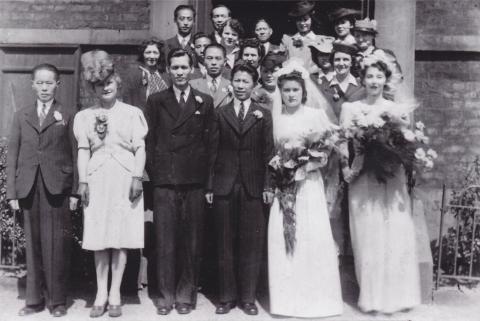

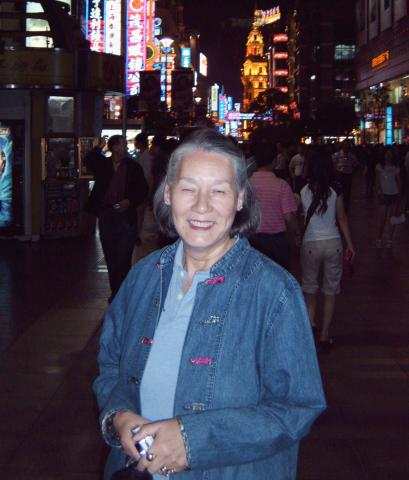
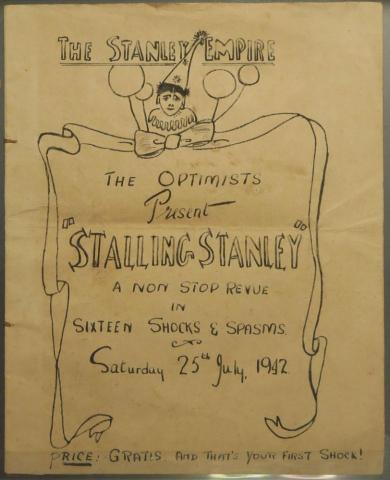
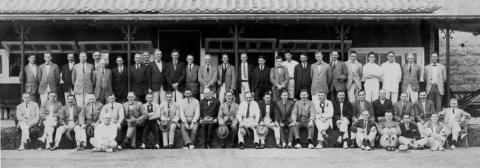
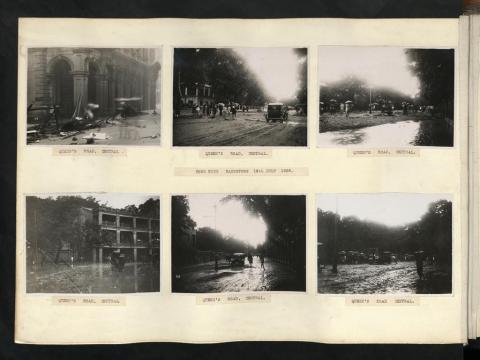
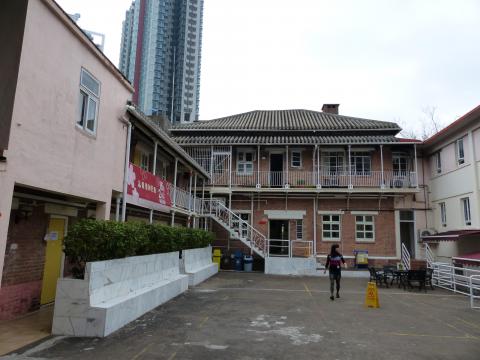


Comments
Yvonne in the BBC's "Mixed Brittania"
Yvonne's story is part of this BBC TV programme, starting at the 23:20 mark.
Thanks to Guy Shirra and Anne Ozorio for introducing this.
The SCMP have a longer
The SCMP have a longer article on this topic: http://www.scmp.com/magazines/post-magazine/long-reads/article/2118142/w...
Thanks to Guy for the link.